Energy teams don't struggle with access to data—they struggle with the structure around it. The information they need is buried in outdated files, disconnected systems, and folders that follow no consistent naming logic. One team might use "Q1_Report_FINAL," while another calls it "BladeStudy-2," and neither appears in the search results.
Whether it's an engineer validating a design or an analyst preparing a performance review, people often waste time searching for documents that should be easily accessible.
Tactical Edge built a generative AI solution that reshapes the process by reordering search results based on who's using them, how, and when. It adapts to the way energy teams work, allowing users to spend less time navigating and more time making decisions.
Why Standard Search Slows Energy Teams Down
Let's say you're an analyst evaluating offshore turbine performance. You need recent research on material fatigue, vendor deployment comparisons, and guidance for maintenance intervals.
You start where most people do: an internal folder. The first ten results don't reference offshore use. You try a shared drive—dozens of documents, none labelled clearly. Next, you check your team's chat thread and skim a Google Scholar link someone dropped two weeks ago.
You've spent 45 minutes sorting through noise, only to find documents that don't match the conditions or turbine class you're working on.
This happens because most search systems treat every user and every query the same. They sort by keyword, not by task. They don't know what version is most current, what your colleagues have already used, or what your specific project requires.
Search That Adjusts Based on Behaviour, Not Just Keywords
Tactical Edge's AI platform doesn't rely on perfect tagging or exact-match terms. It builds a model based on what users in similar roles have found useful and reorders the search output accordingly.
In a recent deployment, a user typed in "material fatigue." Instead of receiving a wall of PDFs sorted alphabetically or by upload date, the platform delivered:
- A 2023 conference paper on blade durability, already referenced in prior project files
- A side-by-side comparison of three alloy types used in similar offshore conditions
- Suggested follow-up terms that reflected previous paths taken by researchers in similar roles
As the user clicked and dismissed content, the system recalibrated automatically, bringing more relevant items forward, removing off-topic documents, and highlighting sources that had led to project actions in other teams.
There was no configuration step. No filter tweaking. Just information ordered by real-world use, not theoretical relevance.
The process is captured in detail in this personalised search case study, where you can see how the interface updates live based on user behaviour.
How Context Matters Across Roles
This platform isn't just innovative—it's situational.
A field technician searching for "inspection protocols" will get service checklists, recent logs, and installation diagrams. That same term, typed by a compliance analyst, brings up regulatory filings, audit timelines, and region-specific thresholds.
What each person sees depends on what they've used before, what their peers rely on, and how their team typically approaches the problem.
This isn't personalisation for its own sake. It means less time reviewing irrelevant material, fewer requests sent to teammates asking, "Have you already looked at this?", and faster alignment around decisions that need to be made.
Working Under Deadlines, Without Redoing Work
An energy strategist preparing for a regulatory briefing doesn't have the luxury of sifting through every file. They need to know which materials are valid, which ones are cited in similar contexts, and which visuals are already approved for presentations.
In this use case, the Tactical Edge platform surfaces documents with high internal engagement—files used during prior reviews, documents flagged for policy meetings, and support materials filtered to match the current turbine configuration and jurisdiction.
Users export what they need directly, with no formatting required. It's not just faster—it's aligned to the real decisions at hand.
Cut the Repetition. Keep What's Useful.
As more users interact with the system, it begins to prioritize documents that lead to tangible outcomes—files used in reports, specifications included in planning decks, or articles pulled into dashboards.
When someone on your team has already downloaded, annotated, or ignored a piece of content, that behaviour influences future searches. You don't end up reviewing the same out-of-date white paper or guessing whether a PDF was helpful. The platform reflects what your peers have already filtered.
That means less duplicated effort and fewer hours wasted retracing steps someone else has already walked.
Make Search a Support Tool, Not a Distraction
Information systems in energy aren't broken because they're underpowered—they're broken because they don't account for context. They surface documents based on literal terms, not on the actual work being done or decisions being made.
Tactical Edge's generative AI platform reorganizes that experience. It reduces false positives, connects past usage to present needs, and pulls forward what's actionable, not just what's available.
To see how this works across roles and workflows, explore the full Generative AI solution overview. And if you want to see what it feels like in use, the case study on contextual search walks through real examples from the field.


















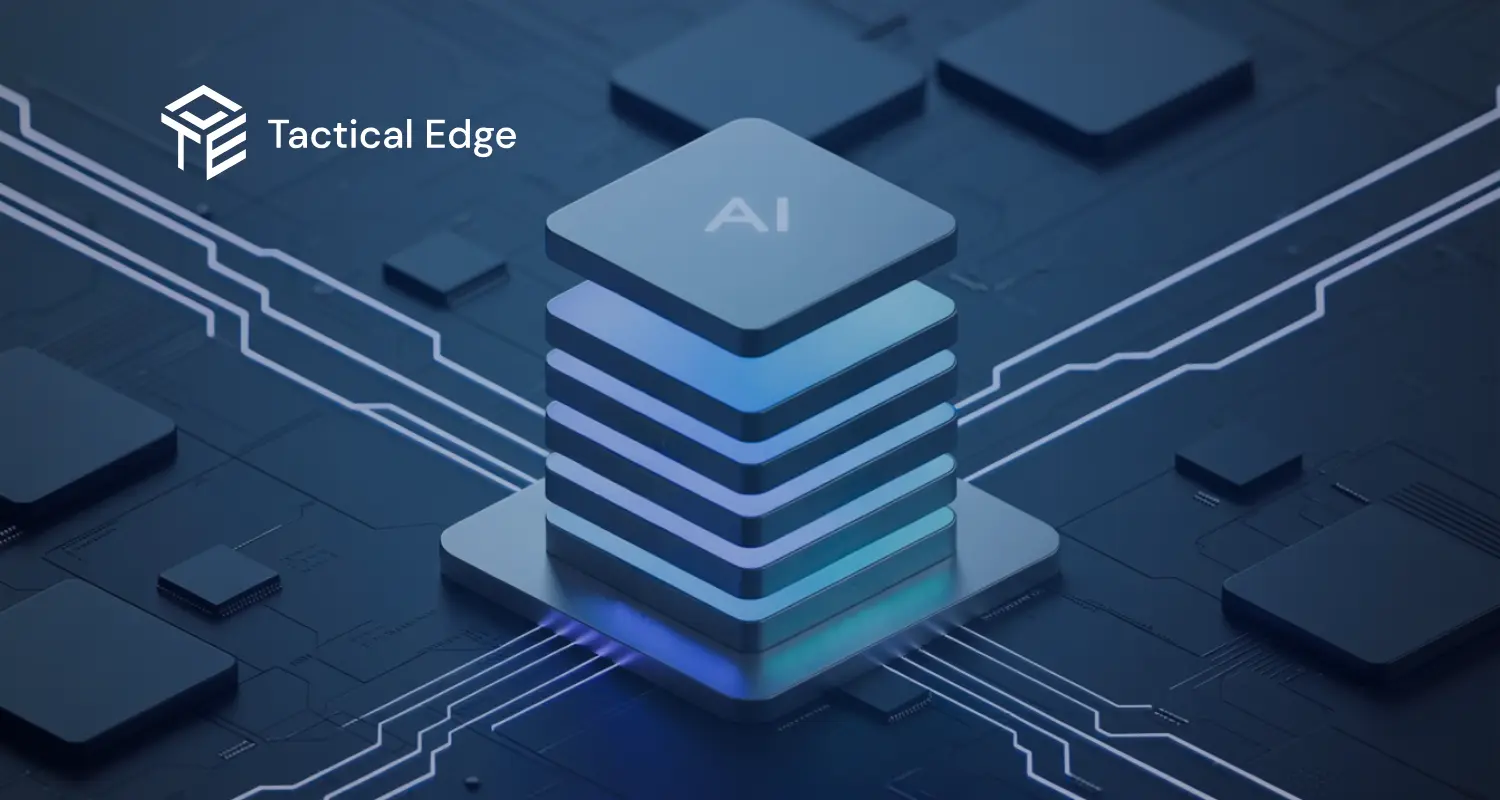
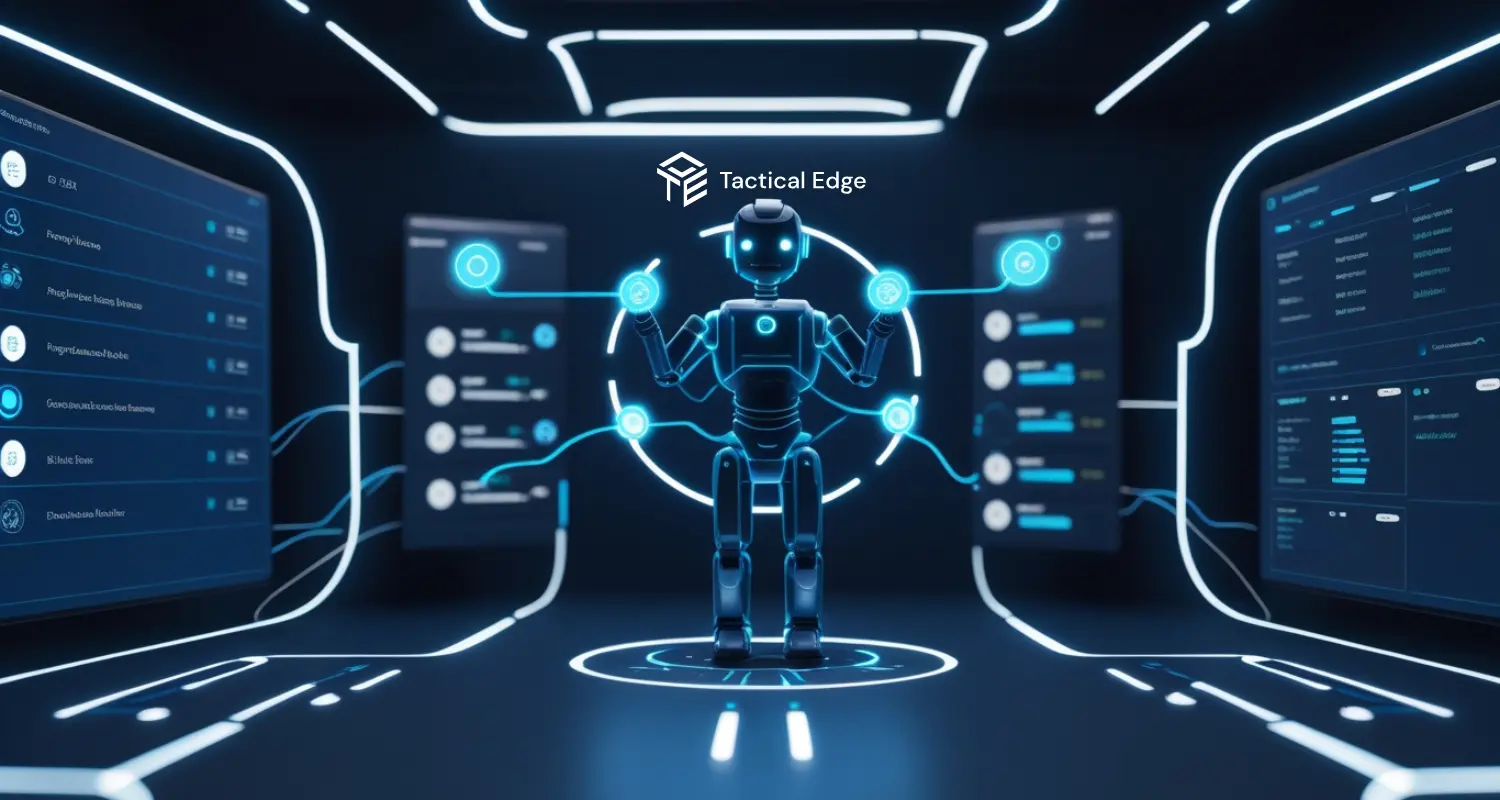
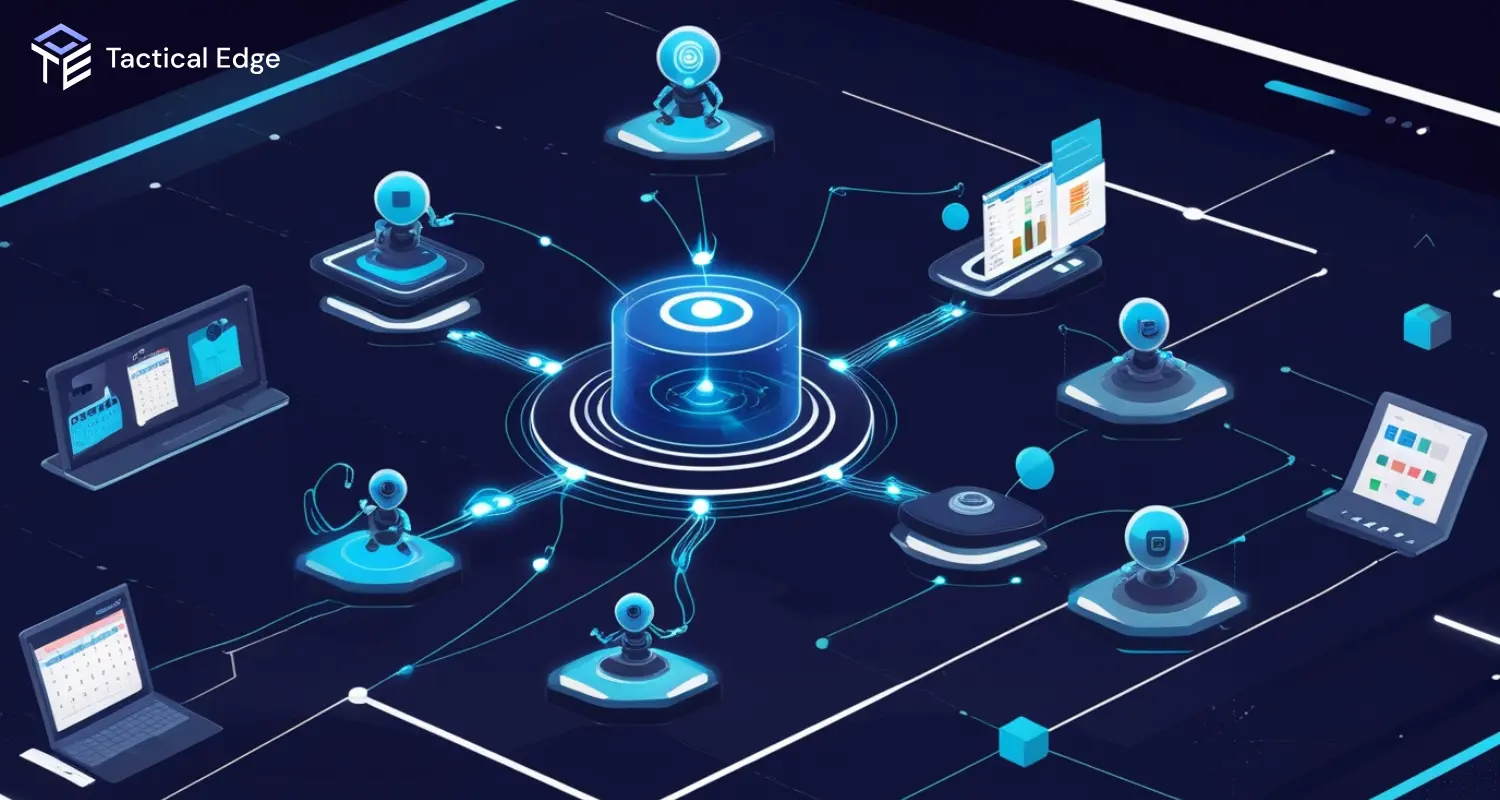
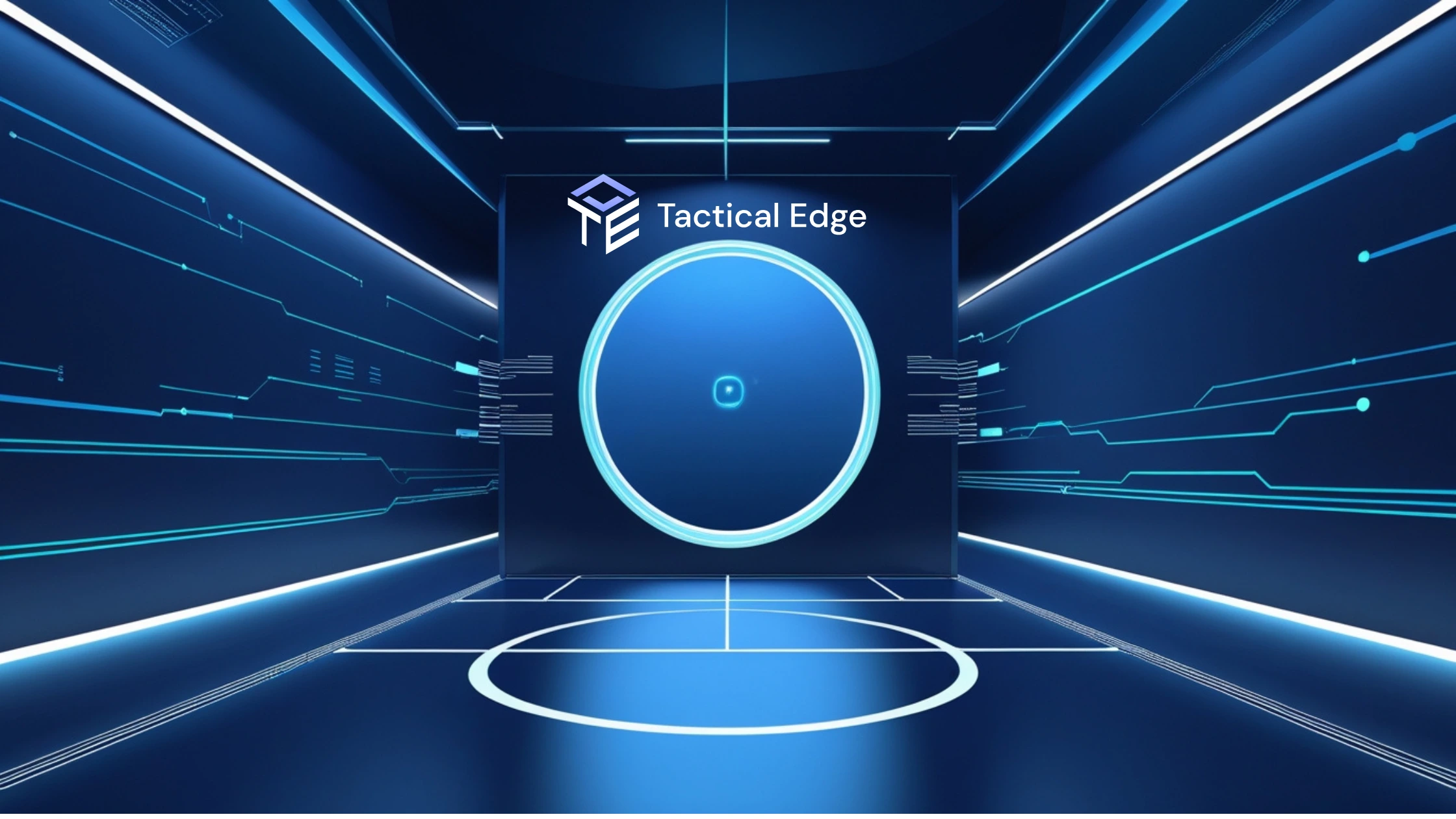


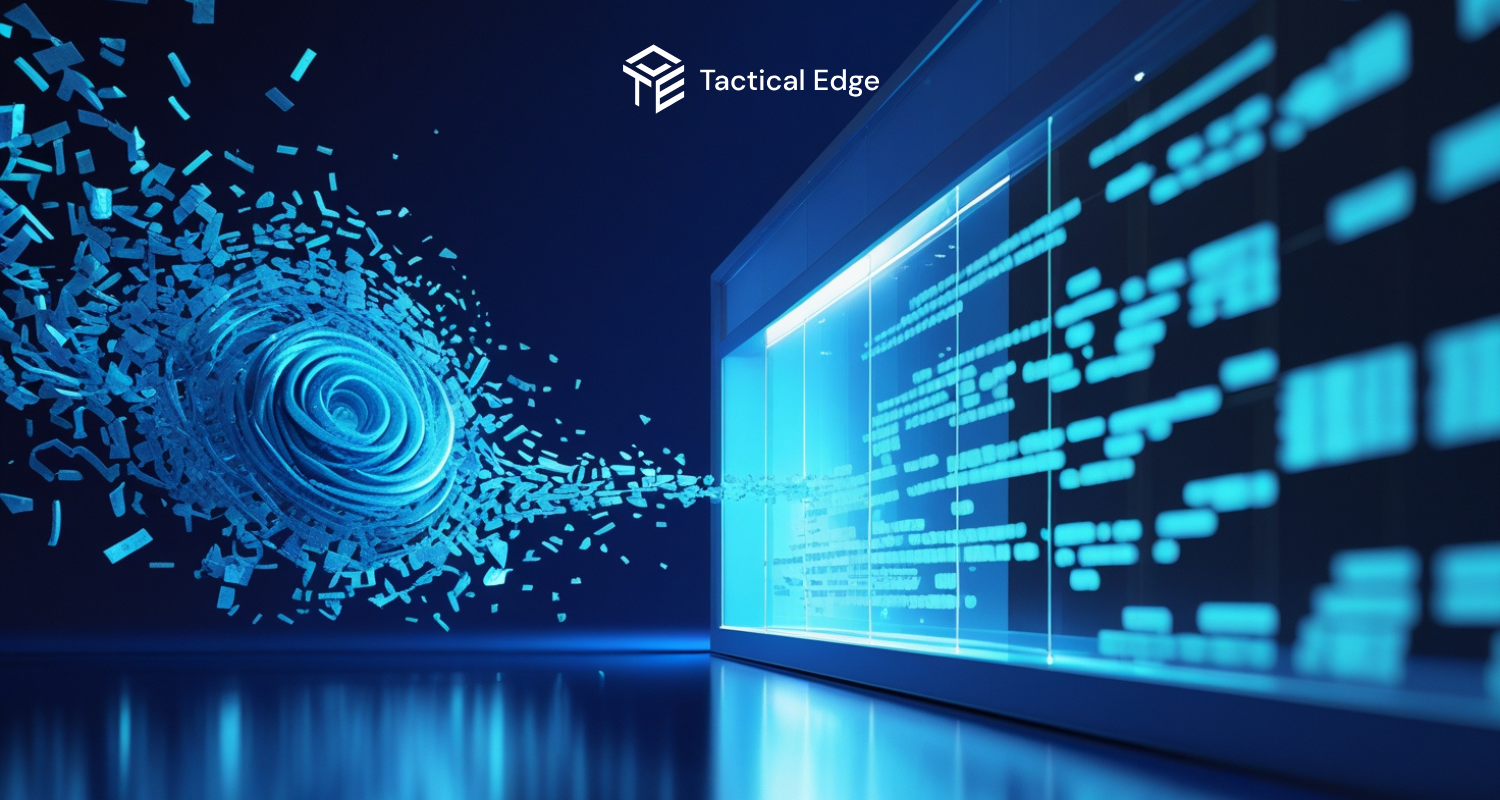
%20(1).webp)

